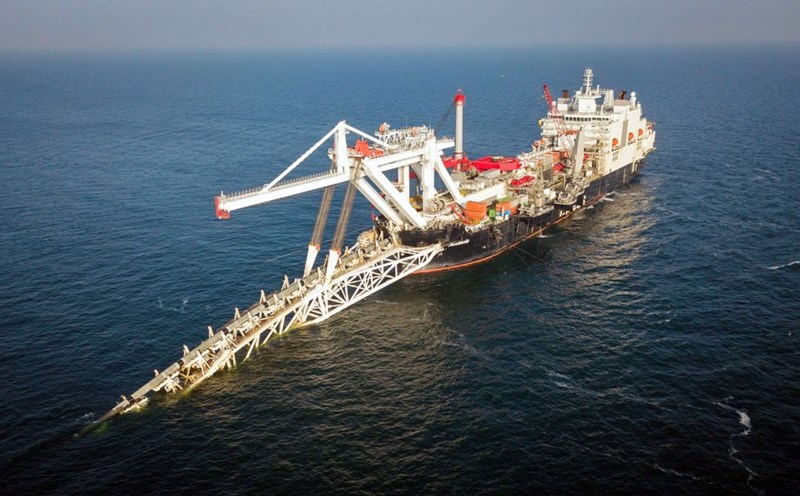According to the proposal, the carbon market will operate on a pilot basis from June 2025 to the end of 2028 before officially operating from 2029. This phase aims to complete the transaction system, management process and payment mechanism, while assessing the actual operational capacity of the domestic market.
One of the notable proposals of the Ministry of Finance is to require individuals and organizations participating in the market to open a trading account at a securities company designated for support. Securities companies will play an intermediary role in connecting investors with the trading system at the Hanoi Stock Exchange, similar to the model currently applied to the stock market.
The Ministry of Finance believes that transactions through securities companies will contribute to improving security and system security, ensuring stability when an incident occurs at a unit without affecting the entire system. At the same time, with available technology infrastructure and close connection with the Securities Exchange and Vietnam Securities Depository and Clearing Corporation, securities companies will effectively support the carbon trading process.
The goods included in the transaction include two types: Greenhouse gas emission limit and carbon credit. Before being put on the market, these goods must be confirmed by the Ministry of Agriculture and Environment and recorded on the national registration system.
For the quota, only facilities on the greenhouse gas emission list issued by the Prime Minister and that have completed the emission inventory are allowed to trade. Meanwhile, carbon credits have a wider scope, including organizations implementing domestic and foreign credit offset programs, as well as individuals if their participation is confirmed.
Transactions on the exchange will be conducted by agreement. After matching the order, the brokerage company will notify the relevant parties of the results. The Hanoi Stock Exchange will forward information to the Depository and Depository Corporation to make payments through commercial banks.
Notably, in the case of a securities company that is also an investor, the draft stipulates that this unit must prioritize matching orders for customers at prices equal to or higher than the price requested by the customer, to ensure fairness and avoid conflicts of interest.
To effectively use resources, the Ministry of Finance proposes to decide on the number of commercial banks participating in payments in each period, based on the scale and actual needs of the carbon market.
However, the Ministry of Finance also stated that products traded in the carbon market, especially carbon credits, have not yet met a high level of standardization. Therefore, in the initial stage, the number of participating entities may not be large and market liquidity may be limited.
The implementation of a carbon trading floor is a specific step in the framework of the carbon market development project in Vietnam, which was approved by the Government earlier this year.











